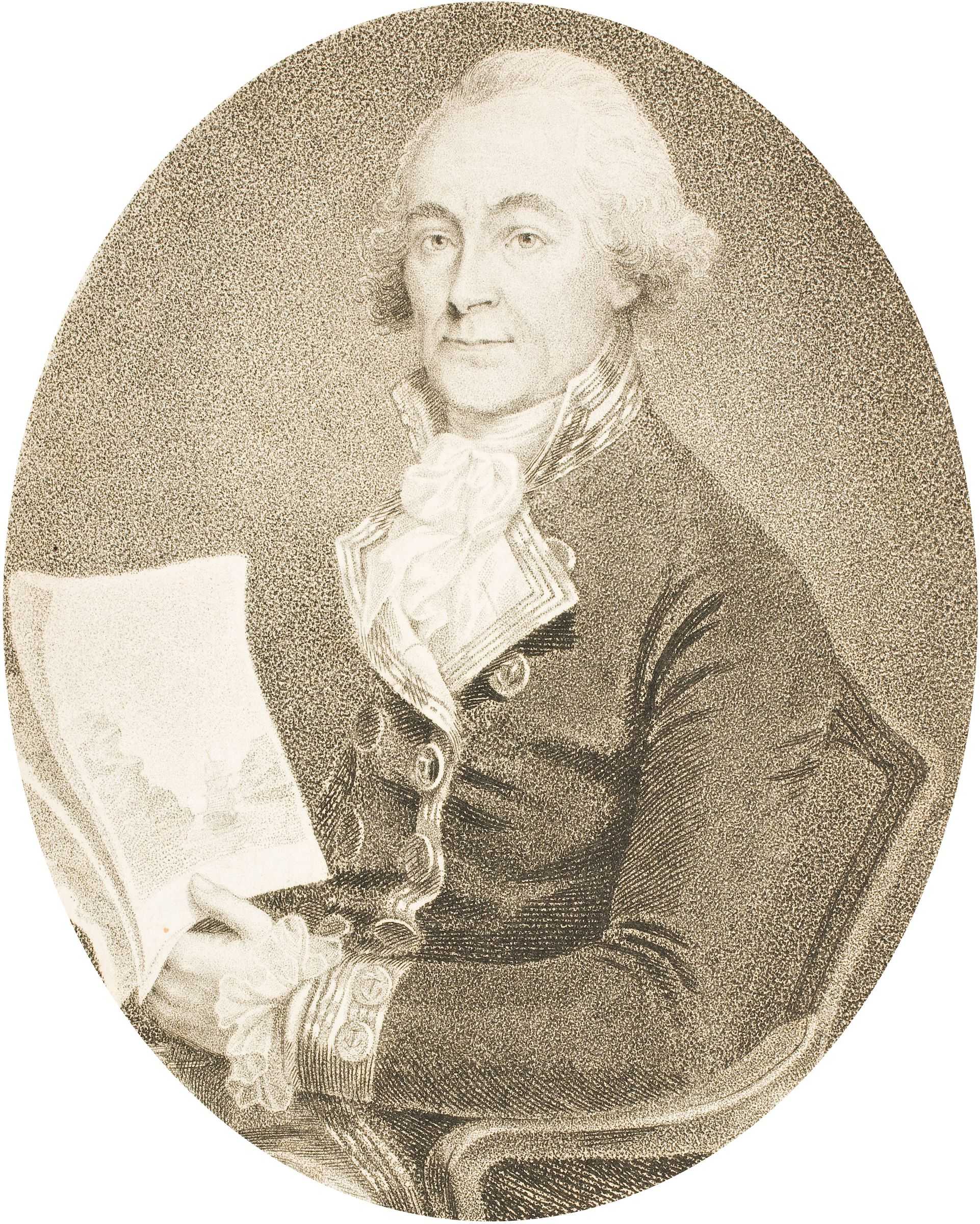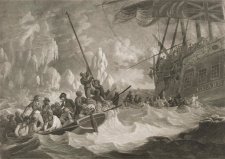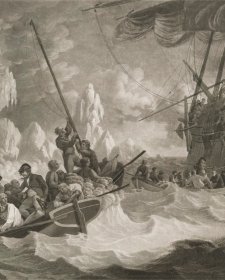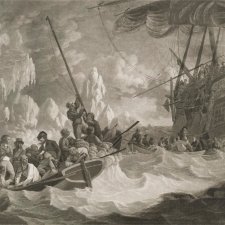I have been reading systematically through the ads in the earliest issues of the Sydney Gazette and New South Wales Advertiser, such a rich vein of information about certain aspects of daily life in Regency Sydney, far closer I imagine than we normally think to Bristol or Plymouth in the same period. Many relate to the disposal of the property of departing colonists, it being mostly far too expensive to take chattels back to England or else to Madras or Calcutta (the two commonest onward destinations). Take, for example, the following:
TO be Sold by Auction by Mr. Lord, a[t] Arthur’s Hill, Parramatta, on Tuesday the 9th inst. [April 1805], the following articles, the property of Captain WILLIAM KENT, about to depart from the Colony, viz. 2 carriage horses, two Geldings 3 years old, 1 gelding between 2 and 3 years old, a chaise horse, a new waggon, a bullock cart, an elegant set of Kelly’s chaise harness, with plated mountings, two saddles and two bridles, a quantity of irons for ploughs, two casks of nails of various sizes for joiner’s work in a house, one box of window glass, a quantity of very fine Brazil tobacco, a dining table, bre[a]kfast table, and dressing table, 16 handsome chairs, 7 kit[c]hen chairs, 1 tent bedstead with curtains, mattrass, and counterpane, a handsome mahogany bedstead with canopy, &c., 4 tea boys, 1 set of green edg’d earthenware in 2 lots, 1 complete tea set of Wedgwood’s ware, a large tea tray, a small ditto, two waiters, 3 sets of table mats, a tea caddy, ivory, silver mounted, 4 glass salts, a large tea urn, a small ditto, a butter cooler, one China spice box, a China work box, a pair of bottle stands, 1 canister of pepper, one roasting jack, 3 pair of candlesticks, 2 oil paintings with gilt frames, 1 large cot frame, 1 japann’d plate warmer, 1 mahogany chest of drawers, a bureau, a night table, biddee, butter jars, a large safe, a set of dish covers, a pair of snuffers and stand, a pair of gauze blinds, 4 sets of mosquetto curtains, 6 silver mounted egg cups, a silver sugar urn, with butter cooler, a silver fish knife, 1 dozen silver table spoons, 11 dessert ditto do. 1 silver sauce ladle, 1 silver butter knife, a quantity of Books, and sundry other articles...
So often the missing detail is what you would dearly love to have, such as the identity of those two paintings in their gilded frames and the books, indeed the “sundry other articles”. But aside from what is missing, look at what there is: a well-established rural household; evidence of a brace of children (in fact so far there were three, a six year-old boy and two girls), and presumably the expectation of as many more as Mrs. Kent could produce. There are ample and obvious indications of gentility, for one can clearly visualize the dining-room with all those supernumerary chairs, laid with the Wedgwood, earthenware and silver. This is, if you like, a thumbnail sketch of a family, a household, and the bare framework of a sort of colonial group portrait, in which the subjects themselves are so many ghostly silhouettes.
In fact this William Kent was the nephew of Governor John Hunter, having sailed with him in 1795. It seems probable that Kent brought a good amount of personal property aboard the, as it turned out, totally unseaworthy Supply, but he must have accumulated a good deal Port Jackson, especially the big-ticket items that came with the grant of 1,200 acres, 350 sheep and a few cattle around Kissing Point, on the Parramatta River, not far from what is today Ryde in North Sydney. Ten years later Captain Kent was a colonial magistrate. Governor King chose to send him back to England with despatches aboard the Investigator, so why on earth did he sell up? And could this be the earliest documented instance of a colonial gentleman having decided to give up smoking, or did Captain Kent simply not much like his stash from Brazil?
Incidentally, a chaise horse is one trained to pull a post-chaise whilst being ridden by the driver; a post-chaise was a small closed carriage that seated one to three persons, maybe four or five if the children were little enough. A waiter or waiting-salver was a small tray. Tea boy is absent from the Oxford English Dictionary, other than as a person, yet there must be some substantive distinction here between Captain Kent’s four tea boys and the tea caddy farther down. Biddee (a bath) is also missing from the OED. I must speak to the editor about these outrageous omissions.














